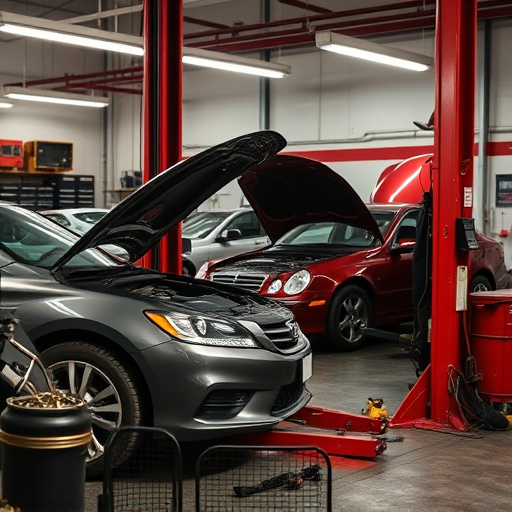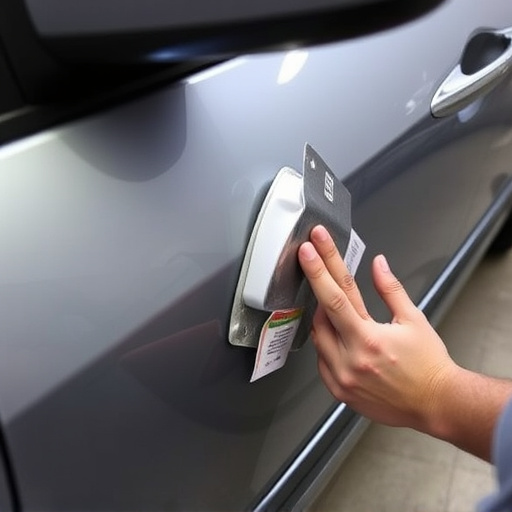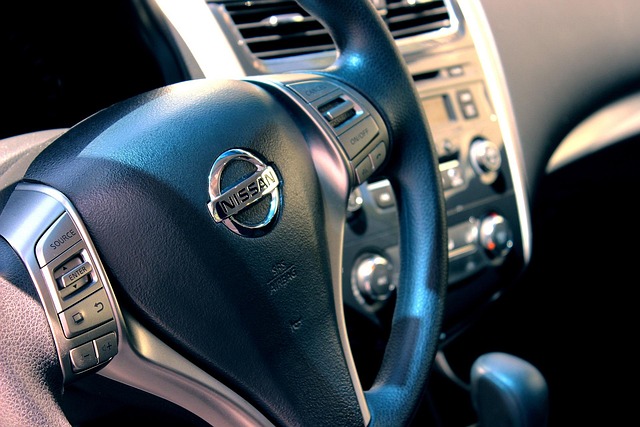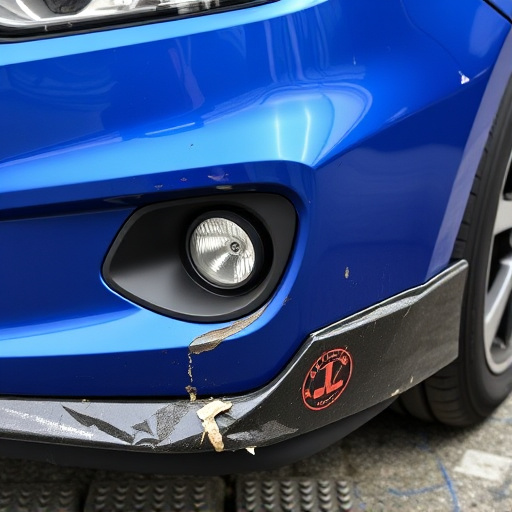Tesla's advanced safety system uses sensors, cameras, and radar to detect hazards like obstacles, lane deviations, and emergency braking, alerting drivers visually and auditorily. Tesla repair scanning is a powerful diagnostic tool for technicians to identify and address safety system issues, pinpointing defects in airbags, brakes, or collision detection units. Through specialized tools, they reset safety alerts, enhancing vehicle safety and reducing costs, ensuring vehicles meet highest safety standards after repairs.
In today’s digital age, Tesla vehicles are renowned for their advanced safety systems and autonomous capabilities. However, like any complex technology, these systems can generate alerts and errors that require careful diagnosis and resolution. Tesla repair scanning is a crucial process for identifying and addressing safety system issues, ensuring the vehicle operates at its highest level of performance and safety. This article explores how scanning plays a vital role in understanding and resetting Tesla’s safety system alerts.
- Understanding Tesla's Safety System and Alerts
- The Role of Scanning in Diagnosing Safety System Issues
- Resetting Safety System Alerts: A Step-by-Step Guide for Repairs
Understanding Tesla's Safety System and Alerts

Tesla’s safety system is a sophisticated network designed to protect both its occupants and other road users. This advanced system uses sensors, cameras, and radar to monitor various driving conditions, detecting potential hazards such as obstacles, lane deviations, and emergency braking events. When any of these critical situations are identified, the system triggers visual and auditory alerts inside the vehicle, warning the driver. These alerts are essential communication tools that inform drivers about potential risks and enable them to take appropriate actions for collision avoidance or mitigation.
Understanding how this safety system operates is crucial for anyone considering Tesla repair scanning. Auto body repairs or visits to a collision repair center may be necessary when these alerts persist after attempting initial troubleshooting. Skilled technicians use specialized tools to scan the vehicle’s computer systems, identify any faults, and reset the safety system alerts. This process ensures that the vehicle returns to its optimal state, providing drivers with the peace of mind that comes from knowing their car’s safety features are functioning correctly.
The Role of Scanning in Diagnosing Safety System Issues

In the realm of Tesla repair, scanning plays a pivotal role in diagnosing safety system issues. Advanced diagnostic tools are employed to systematically check and analyze various sensors and components within the vehicle’s safety framework. This process involves sifting through vast amounts of data to identify anomalies or discrepancies that may indicate malfunctioning airbag systems, anti-lock braking mechanisms, or collision detection units. By utilizing Tesla repair scanning, technicians gain deep insights into the health of these critical safety features, enabling them to pinpoint issues with precision.
The benefits extend beyond mere identification. Scanning also facilitates the resetting of safety system alerts, a process that ensures the vehicle’s computer is informed of resolved issues. This proactive approach not only enhances the overall safety profile of the Tesla but also prevents unnecessary service calls and costly repairs. For top-notch body shop services focused on fender repair and beyond, scanning is an indispensable tool in maintaining the intricate safety systems of these innovative electric vehicles.
Resetting Safety System Alerts: A Step-by-Step Guide for Repairs

Resetting Safety System Alerts is a crucial part of Tesla repair scanning and ensuring your vehicle’s optimal performance. Here’s a straightforward guide for professionals:
1. Safety System Scanning: Begin by using specialized Tesla diagnostic tools to scan the vehicle’s computer system, identifying any active safety system alerts. These may include airbag deployment warnings, ABS (Anti-lock Braking System) issues, or stability control problems.
2. Isolate the Issue: Once identified, isolate the specific safety system component causing the alert. This could range from a simple sensor malfunction to more complex electronic failures. Utilize your expertise and Tesla repair manuals to pinpoint the exact problem area.
3. Reset the System: After diagnosing the issue, reset the safety system by following Tesla’s recommended procedures. This often involves clearing the system’s memory and re-initializing it using specialized software. A simple scan tool can perform this task, ensuring all safety systems return to their optimal functioning state.
4. Test and Verify: Post-reset, conduct thorough tests to verify that all safety features operate as intended. This step is vital in ensuring the vehicle’s safety and reliability on the road. Implement any necessary adjustments or repairs based on the test results.
5. Document and Update Records: Keep detailed records of the repair process, including the steps taken and parts replaced. Accurate documentation is essential for future reference and ensures your workshop provides the best Tesla repair scanning and vehicle repair services.
In conclusion, Tesla repair scanning plays a pivotal role in effectively diagnosing and resetting safety system alerts. By utilizing advanced scanning tools, technicians can efficiently navigate through the intricate tapestry of Tesla’s safety systems, identifying and resolving issues promptly. This process not only enhances vehicle performance but also contributes to the overall safety of Tesla owners on the road. With a well-guided step-by-step reset procedure, maintaining the integrity of the safety system becomes more manageable, ensuring peace of mind for every Tesla driver.














